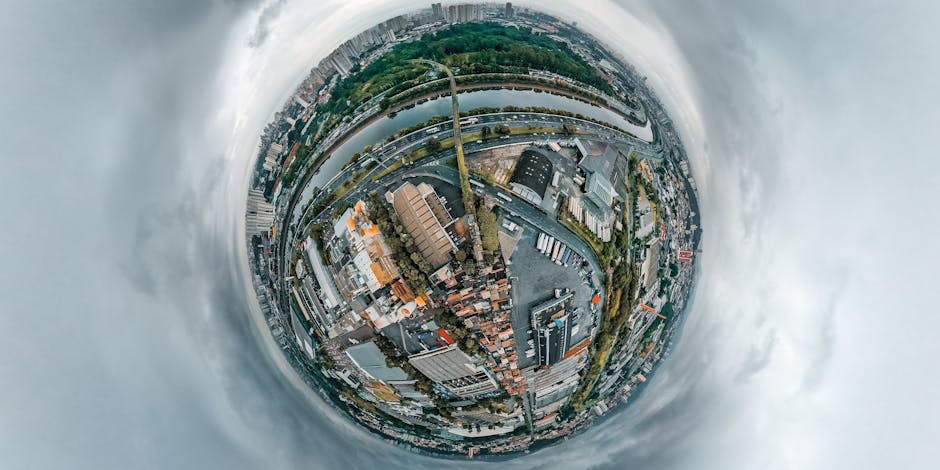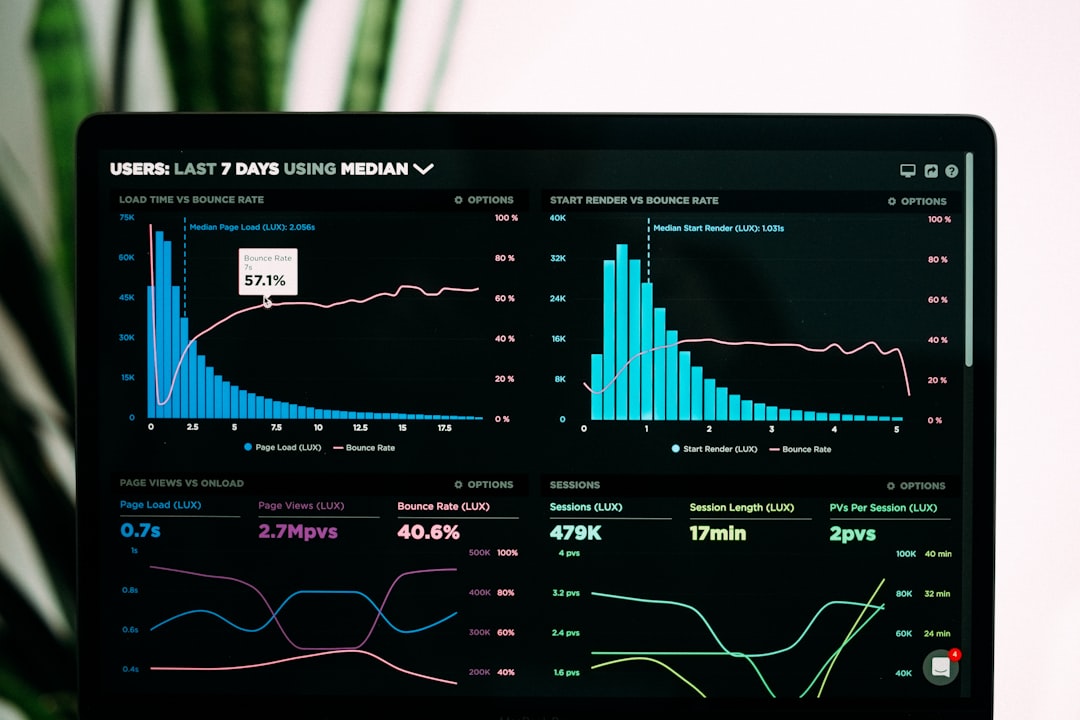Unlock encrypted content
Please enter your SSCE key to initiate on-the-fly decryption.
Decryption key: (Click cancel if you don't have the key)
Copied link to clipboard.
This feature is unavailable for free accounts. Upgrade now and enjoy all Premium benefits.
Go Premium!
This feature is unavailable for free accounts. Upgrade now and enjoy all Premium benefits.
Go Premium!
Please open this page in browser ( Google Chrome or Safari ) to use this feature.
Open In Browser
Lidar Technology: Revolutionizing Autonomous Drones and Cognitive Robotics.
Random related video for this blog.
Copied share link to clipboard.
Lidar technology has emerged as a game-changer in the world of autonomous drones and cognitive robotics. With its ability to accurately measure distances and create detailed 3D maps of the environment, Lidar has paved the way for advancements in various industries. From enhancing the safety of autonomous vehicles to improving the precision of cognitive robots, Lidar technology is transforming the way we interact with machines and the world around us.
Enhancing Autonomy and Safety
Autonomous drones have become increasingly popular for various applications, including aerial photography, surveillance, and delivery services. However, ensuring the safety of these drones and the people around them has always been a top concern. This is where Lidar technology comes into play. By using lasers to measure distances and detect obstacles in real-time, Lidar enables drones to navigate complex environments with ease and precision. Unlike traditional cameras or sensors, Lidar can create detailed 3D maps of the surroundings, allowing drones to accurately detect and avoid obstacles such as buildings, trees, or other aircraft. This not only enhances the autonomy of the drones but also minimizes the risk of collisions, making them safer and more reliable for various applications.Revolutionizing Cognitive Robotics
Cognitive robotics is a rapidly evolving field that aims to develop intelligent robots capable of perceiving, reasoning, and interacting with their environment. Lidar technology plays a crucial role in this domain by providing robots with the ability to sense and understand the world around them. By integrating Lidar sensors into robotic systems, researchers can create robots that can accurately perceive the shape, size, and location of objects in their surroundings. This information is crucial for robots to perform complex tasks such as object manipulation, navigation, or even human-like interactions. Lidar technology enables robots to have a better understanding of their environment, leading to more advancedand capable cognitive robotics systems.
The Future of Lidar Technology
As Lidar technology continues to evolve, we can expect to see even more groundbreaking applications in various industries. One such area is biohacking, where Lidar can be used to create precise 3D models of biological structures for medical research or personalized healthcare. Additionally, Lidar technology can also revolutionize online cloud storage providers by enhancing data security and simplifying the setup process. File storage on private cloud has become increasingly popular due to its advantages in data privacy and control. However, ensuring the security and integrity of data stored on private clouds can be challenging. Lidar technology can address this issue by providing data mirroring across multiple data centers. This means that even if one data center fails, the data can still be accessed from other locations, ensuring high availability and data redundancy. Furthermore, Lidar technology can also enhance cloud data security by detecting and preventing unauthorized access or tampering. By creating a detailed 3D map of the physical environment, Lidar sensors can identify any unusual activity or intrusion attempts, alerting the system administrators and enabling them to take immediate action. In terms of setup, Lidar technology offers a simple and efficient solution for cloud storage providers. With its ability to create accurate 3D models of the environment, Lidar sensors can quickly scan and map the data center infrastructure, allowing for easy and precise installation of the necessary hardware and equipment. In conclusion, Lidar technology is revolutionizing various industries, from autonomous drones to cognitive robotics. Its ability to accurately measure distances and create detailed 3D maps of the environment has paved the way for advancements in safety, autonomy, and data security. With the continuous evolution of Lidar technology, we can expect to see even more exciting applications and advancements in the years to come.Frequently Asked Questions (FAQs) Question: What is Lidar technology?
Answer:
Lidar technology uses lasers to measure distances and create detailed 3D maps of the environment. It is widely used in autonomous drones, cognitive robotics, and various other industries. Question: How does Lidar enhance the safety of autonomous drones?
Answer:
Lidar enables drones to accurately detect and avoid obstacles in real-time, minimizing the risk of collisions and enhancing their autonomy and safety. Question: How does Lidar contribute to cognitive robotics?
Answer:
Lidar provides robots with the ability to perceive and understand their environment, enabling them to perform complex tasks and interact with humans more effectively. Question: What are the future applications of Lidar technology?
Answer:
Lidar technology has promising applications in biohacking, online cloud storage providers, and data security. It can enhance data privacy, improve data redundancy, and simplify the setup process. Question: How can Lidar technology improve cloud data security?
Answer:
Lidar sensors can detect and prevent unauthorized access or tampering by creating a detailed 3D map of the physical environment, enabling quick detection of any unusual activity or intrusion attempts.
By Amelia Isabella
Email: [email protected]
Related
The Future is Now: Holographic Data Storage, Futuristic Transportation, and...
June 1, 2023
Read More
The Importance of Multi-Factor Authentication and Cloud Storage Reliability for...
June 1, 2023
Read More
Efficient Data Transfer and Cybersecurity Solutions for Flexible Storage Quotas.
June 1, 2023
Read More
Popular
Latest
The Future of Digital Transformation: Exploring Smart Homes, Efficient File...
November 30, 2025
Read More
Exploring the Benefits of Cloud Storage and Innovative Technologies in...
November 26, 2025
Read More
The Future of Technology: Exploring Biohacking, Space Tourism, and Digital...
November 23, 2025
Read More
The Future of File Sharing: Streamlined Workflows for Photographers and...
November 19, 2025
Read More
Exploring the Intersection of Technology: From Cybersecurity to Augmented Reality...
November 16, 2025
Read More
The Future of File Management: Embracing Edge Computing and Efficient...
November 12, 2025
Read More
The Future of File Sharing: Exploring User-Friendly Solutions and Data...
November 5, 2025
Read More
The Future of Cloud Storage: How FileLu Empowers Creative Professionals...
November 2, 2025
Read More
The Future of Autonomous Technologies: Innovations in Robotics, File Sharing,...
October 29, 2025
Read More
Emerging Technologies Revolutionizing File Management: From Li-Fi to Robust Collaboration...
October 26, 2025
Read More
Emerging Technologies: Exploring the Impact of File Access Auditing, Genetic...
October 19, 2025
Read More
The Future of Data Storage: Exploring Advanced Encryption, Mobile Integration,...
October 5, 2025
Read More
Exploring the Future of Data Management: Security, Efficiency, and Cognitive...
September 28, 2025
Read More
Revolutionizing Data Management: Innovations in Storage, Security, and Sustainable Technology.
September 24, 2025
Read More























